A place where air, water, earth and fire are able to express all their strength, but also to composed themself in an extraordinary harmony. Where nature retains its wildest and most dominating dimension, despite the notable anthropic presence since the most remote times.
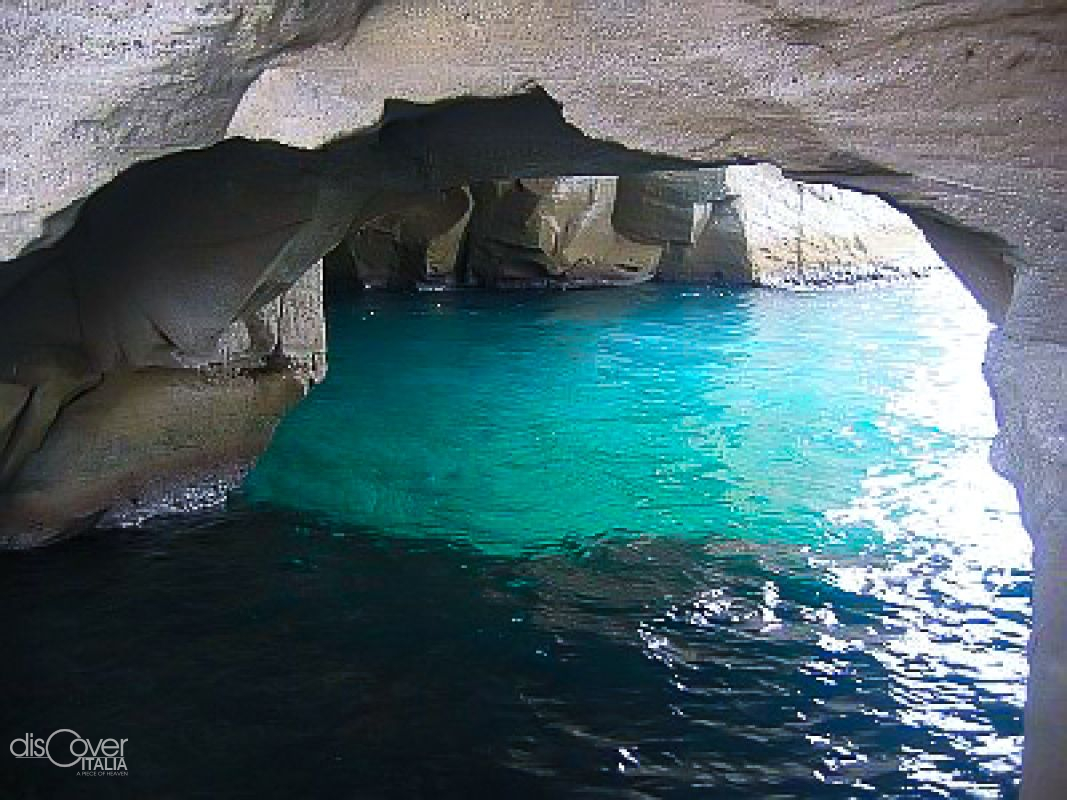
Where the uniqueness of its natural landscape is accompanied everywhere by exceptional evidence of the passage of peoples and civilizations. Not surprisingly, it is a place with a plural name: the Phlegraean fields. No more than 7350 hectares of Nature and Culture preserved since 2003 by Phlegraean fields Regional Park, part of the territories of Pozzuoli, Bacoli, Monte di Procida and Naples, of which it incorporates the westernmost districts, an integral part, for geology and history , of the Phlegraean area.
In such an important, delicate and multiform, the mission of the park, beside safeguarding, is to enhance an immense archaeological, historical, landscape and naturalistic heritage, a fundamental reference of Western culture due to the presence of Cuma, the first city of Magna Graecia, founded by the Greeks of Pithekoussai (the current island of Ischia) in the 8th century BC, which also was the founder of Dicearchia (Pozzuoli) and, later, of Partenope, with the settlement between Mount Echia (the hill of Pizzofalcone) and the islet of Megaride (where Castel dell'Ovo stands). A territorial expansion that started an economic and cultural processes of primary importance in the ancient world, decisive in the history of the Mediterranean and Europe. It was then a territory favored by the Romans, for its healthy climate, for the fertility of the land, for the richness of the thermal springs. They populated it, cultivated it, embellished it with villas, temples and spas, equipped with roads, aqueducts and docks that also stored the Tyrrhenian fleet . And, like the Greeks, they sang it and exalted it in myths and poems. A heritage that would have been rediscovered and adored, many centuries later, by the European travelers of the Grand Tour, regulars and enthusiasts of the Phlegraean Fields, who wanted to tell their story with travel diaries and literary and artistic works.
All framed by the only supervolcano in Europe, which has never ceased to make its presence felt alive and powerful.
The areas of safeguard the Park
From the point of view of safeguarding, the Park presents a zoning corresponding to different degrees of protection of the concerned places.
There is a Zone A of integral reserve, where the natural environment is completely protected: Nisida, Astroni, Monte Nuovo, Solfatara, and Punta Penna.
In Zone B of general reserve, active protection concerns: Coroglio, Cratere Senga, S. Gennaro, Solfatara, Pisciarelli, Campiglione, Mount Barbaro, Lake Averno, Lake Lucrino, Mount Grillo, Mount Nuovo, Cuma, Licola, Fondi of Baia , Aragonese Castle of Baia, Lake Miseno, Capo Miseno, Lake Fusaro, Cuma, Punta of Torre Fumo, Mount of Vita Fumo, Mount Grillo, Scoglio of Martino, Capo Schiano, S. Vincenzo.
All the remaining territory included in the perimeter of the Park is under conservation restrictions and under the urban and environmental redevelopment objectives envisaged in the Zone C of controlled reserve.
The plant heritage
The entire area of the Park has a typical Mediterranean climate, which is ideal for the growth of numerous native species. Growth also favored by the proverbial fertility of the volcanic land, even if this very origin makes the soils more acidic, advantaging acidophilic plants. Along the volcanic slopes there are, depending on the exposure, both species characteristic of arid environments such as: the Mediterranean poodle (Hyparrhenia hirta) the Disa (Ampelodesmos mauritanicus), the garrigue with low shrubs, such as helichrysum (Helicrisum litoreum) and gorse. Myrtle, mastic, rock rose, heather, holm oak, alaterno, fillierea and strawberry tree are widely diffused in the Mediterranean scrub .
The coastal dunes are home to cistus, rosemary, myrtle, juniper, ammophiletus, kakileto. And the sandy coasts are the kingdom of halophytic species compatible with brackish winds together with the sea lily (Pancratium maritimum), marine chamomile (Anthemis maritima), Ammophila arenaria, the maritime vilucchio (Calystegia soldanella), the marine calcatreppola ( Eryngium maritimum), spiny fennel (Echinophora spinosa) and colored Silene. The pine forests, also present in various volcanic craters, are made up of maritime, Aleppo and domestic pines.
The Wildlife
In the area of the Park live foxes, weasels and stone martens, hares and wild rabbits are rare, which instead are quite numerous on the island of Nisida. The Phlegraean Fields are above all an important stopping point for migratory birds: cormorants, grebes, woodcocks, torticolls, tufted duck, lodolai, orioles, kestrels, peregrine falcons and even the rare water rail, sighted nesting by the Camaldoli hermitage.
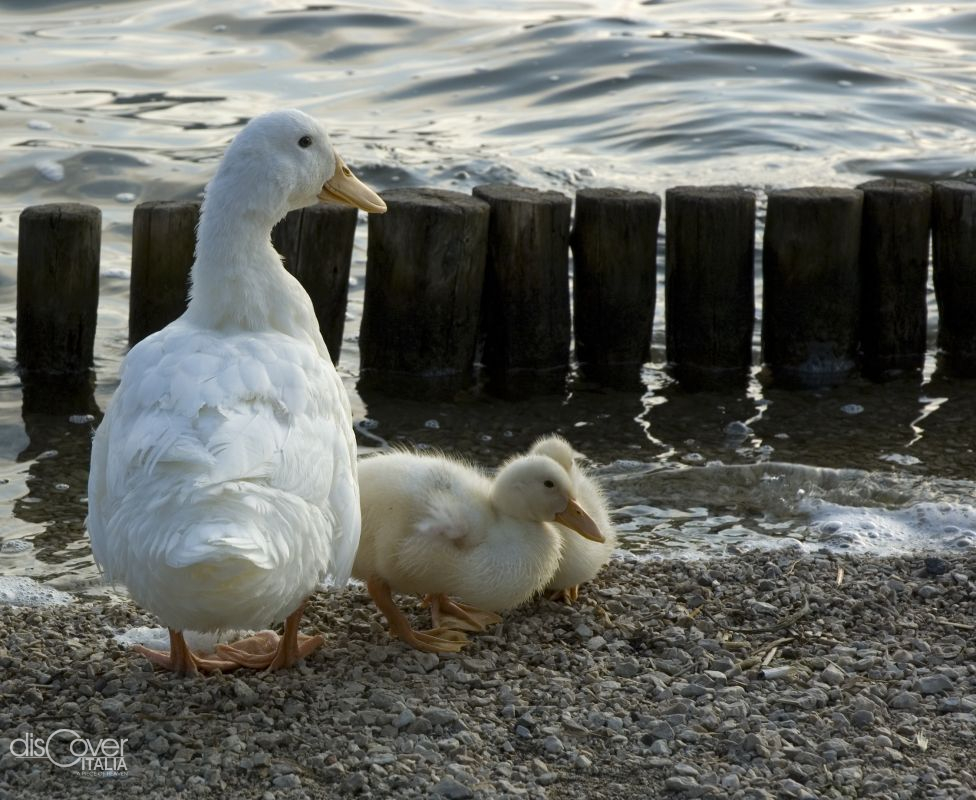
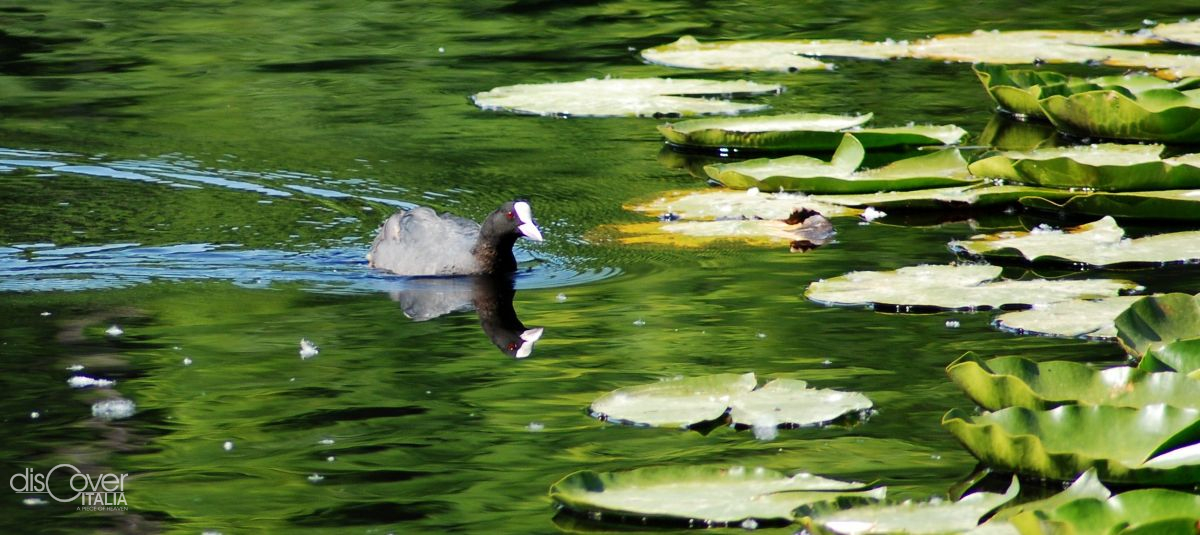

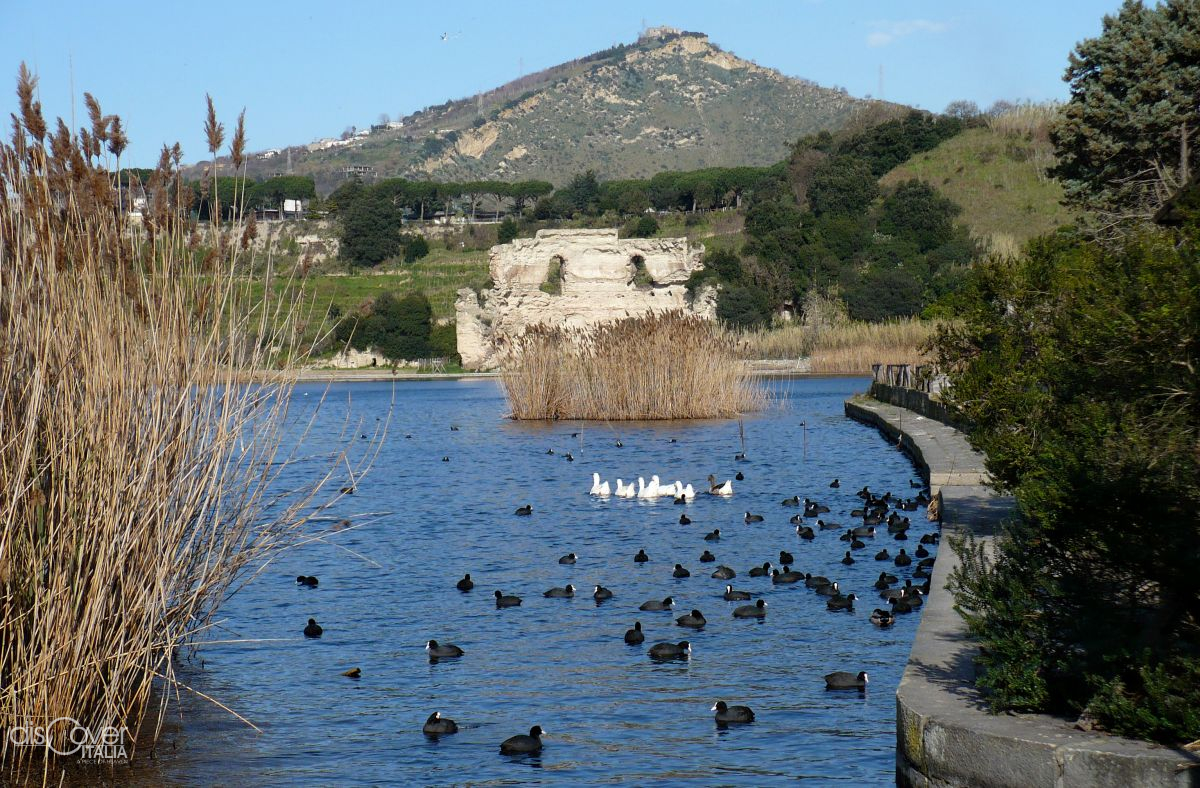
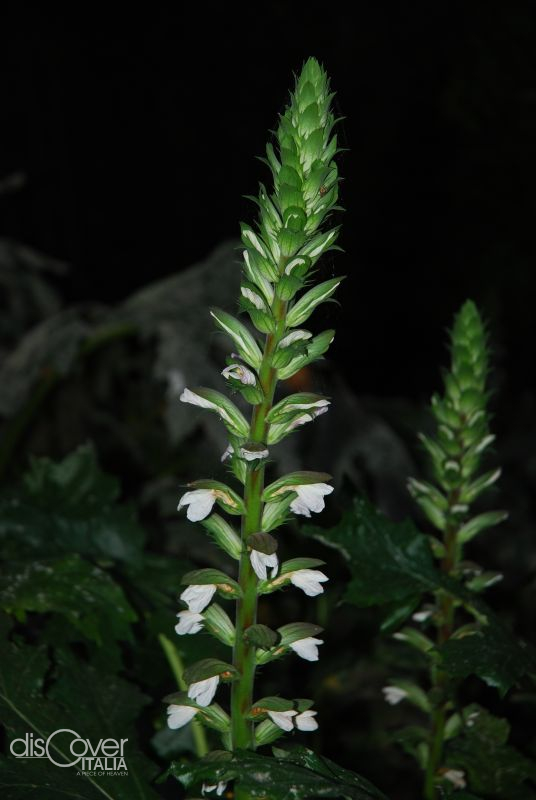
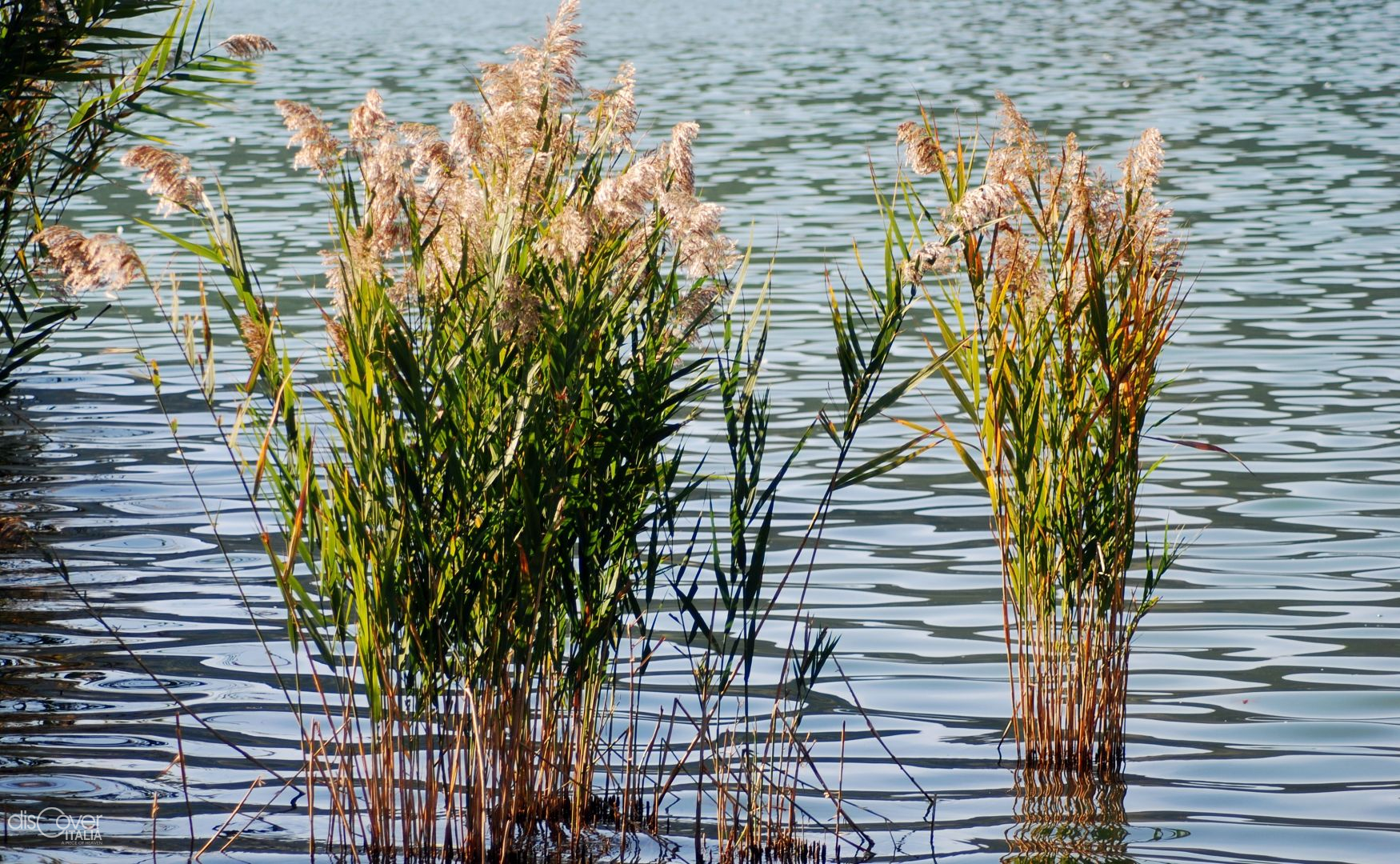
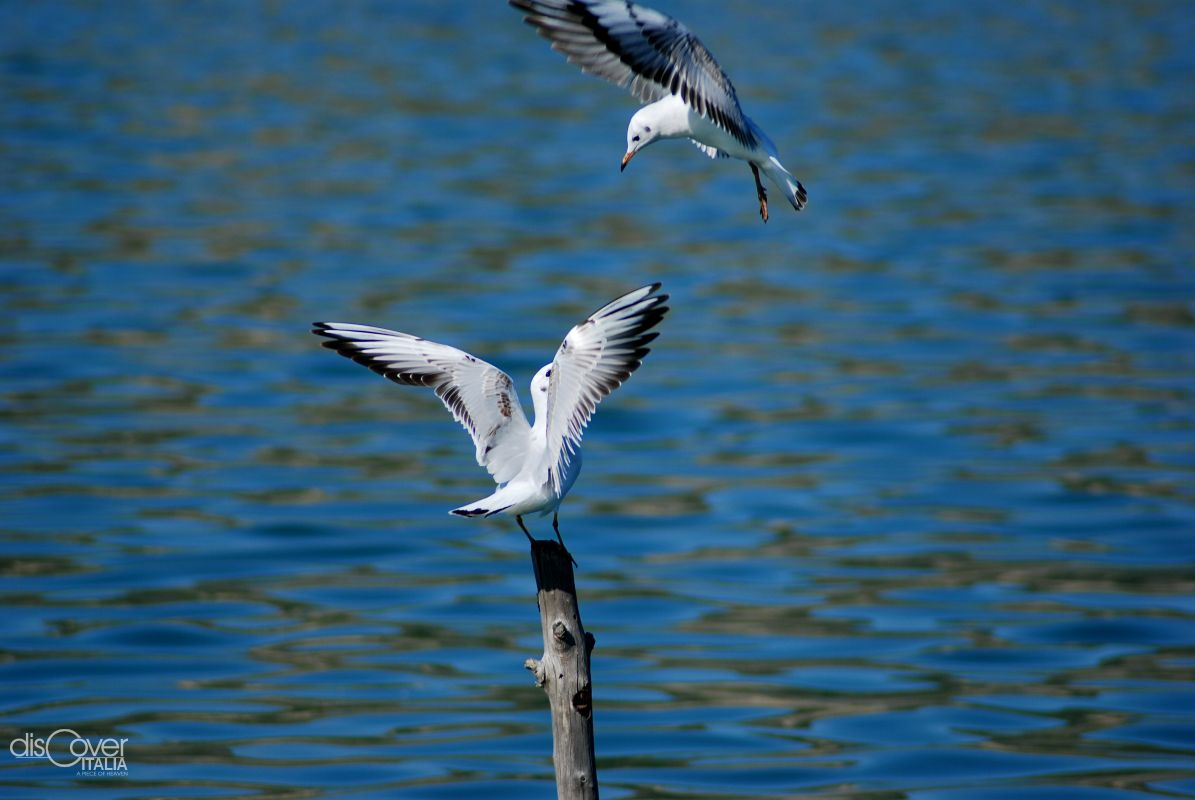


Comments powered by CComment